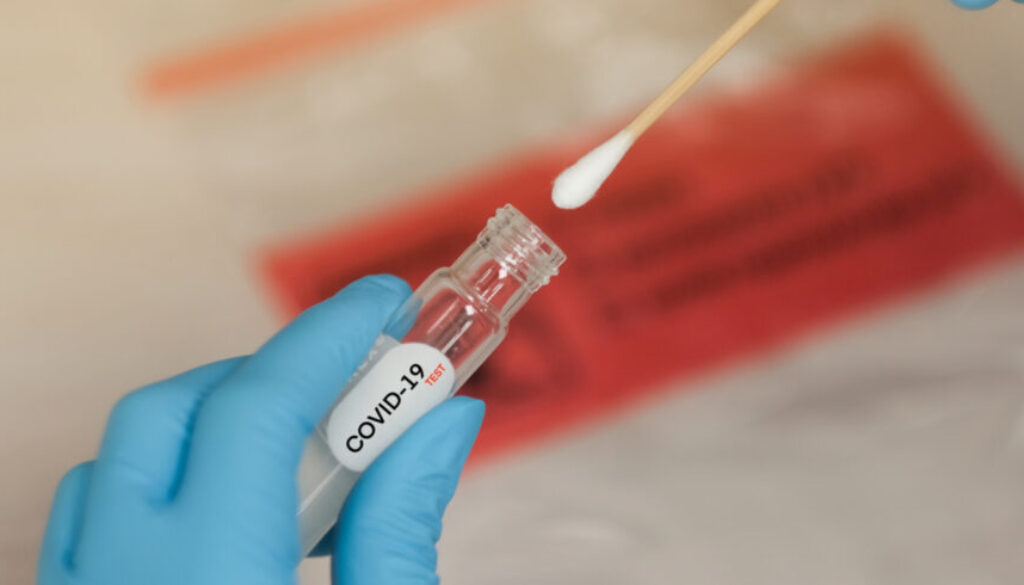Just to think, a year ago, when we were thinking about “Corona,” we were wondering if we had limes, not the sour lemons that COVID-19 has delivered! When caring for patients in a correctional environment, it is particularly challenging. One of those challenges is when to test our patients for COVID-19. Depending on your local Health Department or jurisdiction, the recommendations vary significantly. Per the CDC, who posted interim considerations on July 20, 2020, there are three scenarios, in which testing should or could be performed. The first scenario is testing those with signs and symptoms, consistent with COVID-19, the second is testing asymptomatic individuals with recent or suspected exposure and the third is testing of asymptomatic individuals, without knowing or expected exposure. In determining which route to take, it is important to note that the CDC guidelines are meant to “supplement, not replace state, local, territorial laws, rules or regulations.” So, what do you do?
- Ensure you have the guidance of your local Health Department. They will assist you in determining the strategy, based upon test availability and idiosyncrasies of your community and facility.
- Consider what you will do with the results- If you opt for widespread testing, how will it change your practice? What will you do with the information?
- Make the decisions as a team- This should be an interdisciplinary process, involving the Health Department, Medical, Mental Health and Security. Have routine meetings, strategize together and document why you decided to take a particular route. (This may be particularly helpful when the press becomes involved)
- Ensure that you develop a tracking mechanism for your testing. Knowing who tested when and when they can come off quarantine and where they can safely be housed. This is a Rubik’s cube in the making and can be best handled with a comprehensive tracking tool.
- Test using a viral test, so that you are diagnosing current infection. Ensure your tracking tool separates out those who are tested for antibodies versus those who were tested via the viral test.
- Plan to change your plan- As testing becomes more readily available or your community situation changes, so will your plan. Keep in ongoing touch with your health department and review any changes in your course, in your interdisciplinary meetings. Communication will be key.
Overall, test with intent to act. Once a test is completed, you must be prepared to isolate, monitor symptoms and have criteria for ending isolation. Partner with your health department. Refer back to the CDC guidelines for correctional facilities and optimistically look forward to the days when “Corona” means a drink on a beach!




